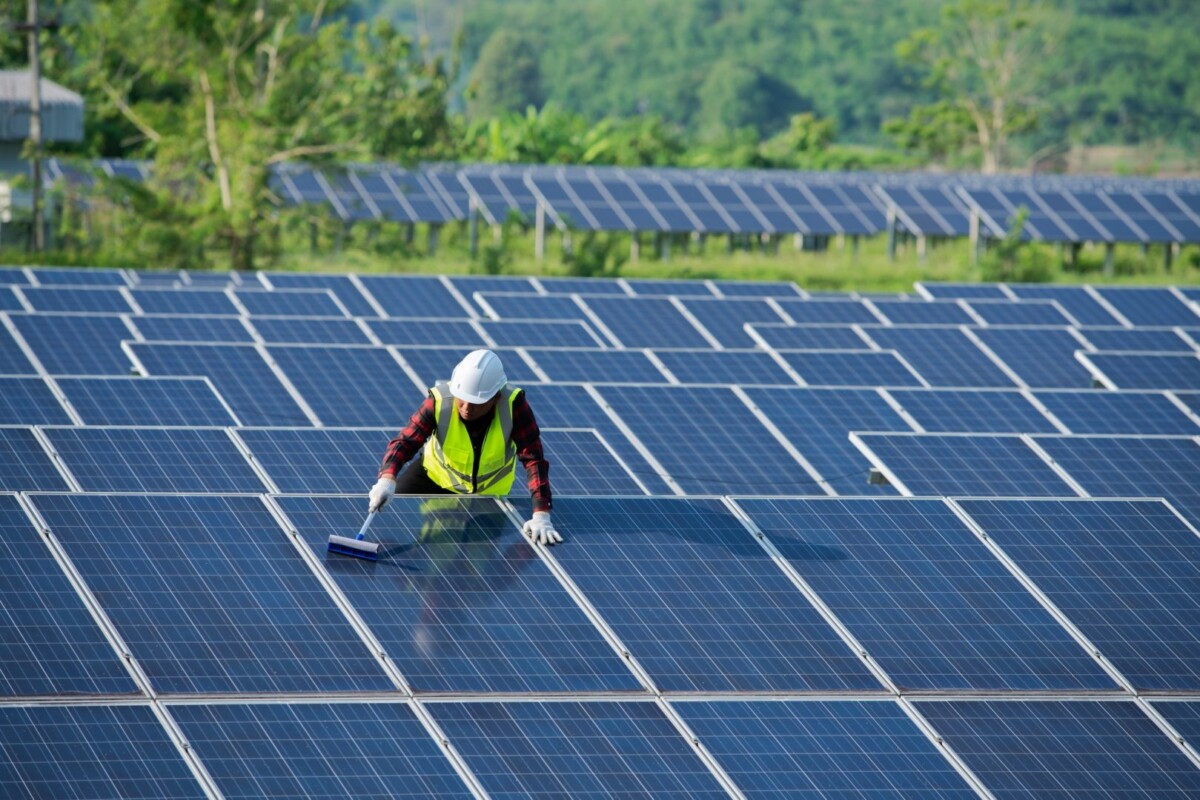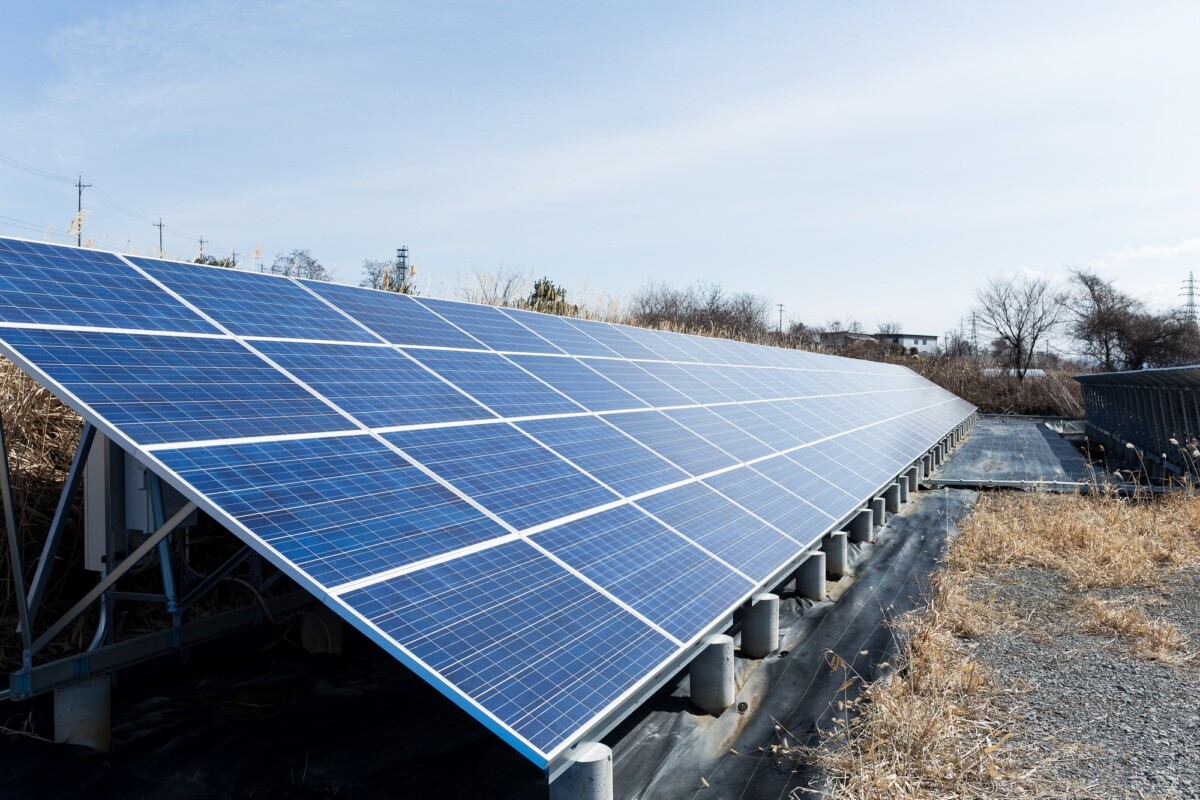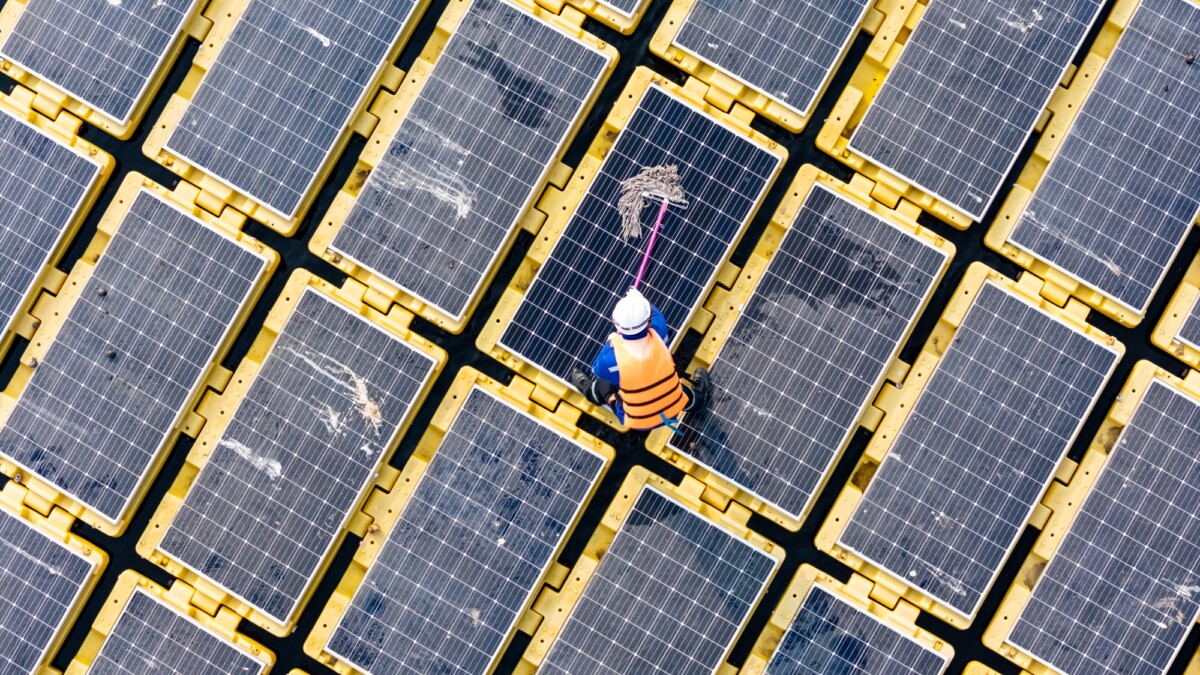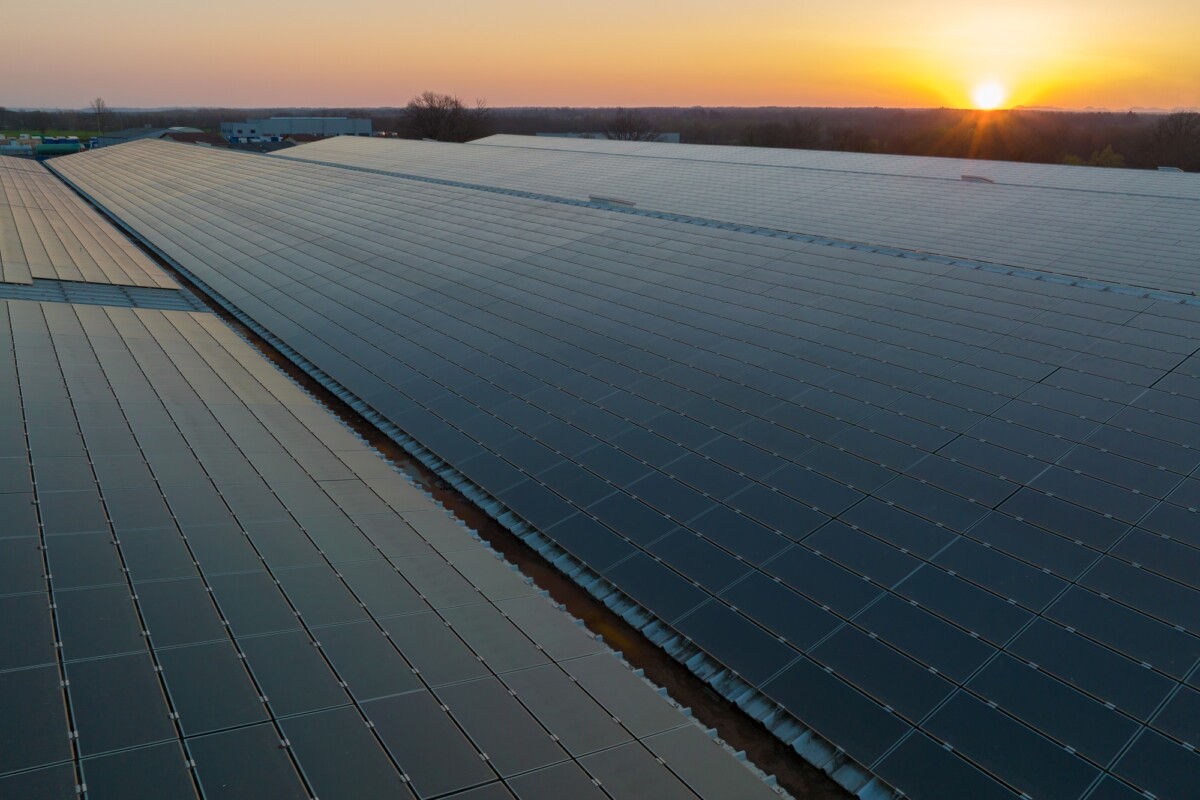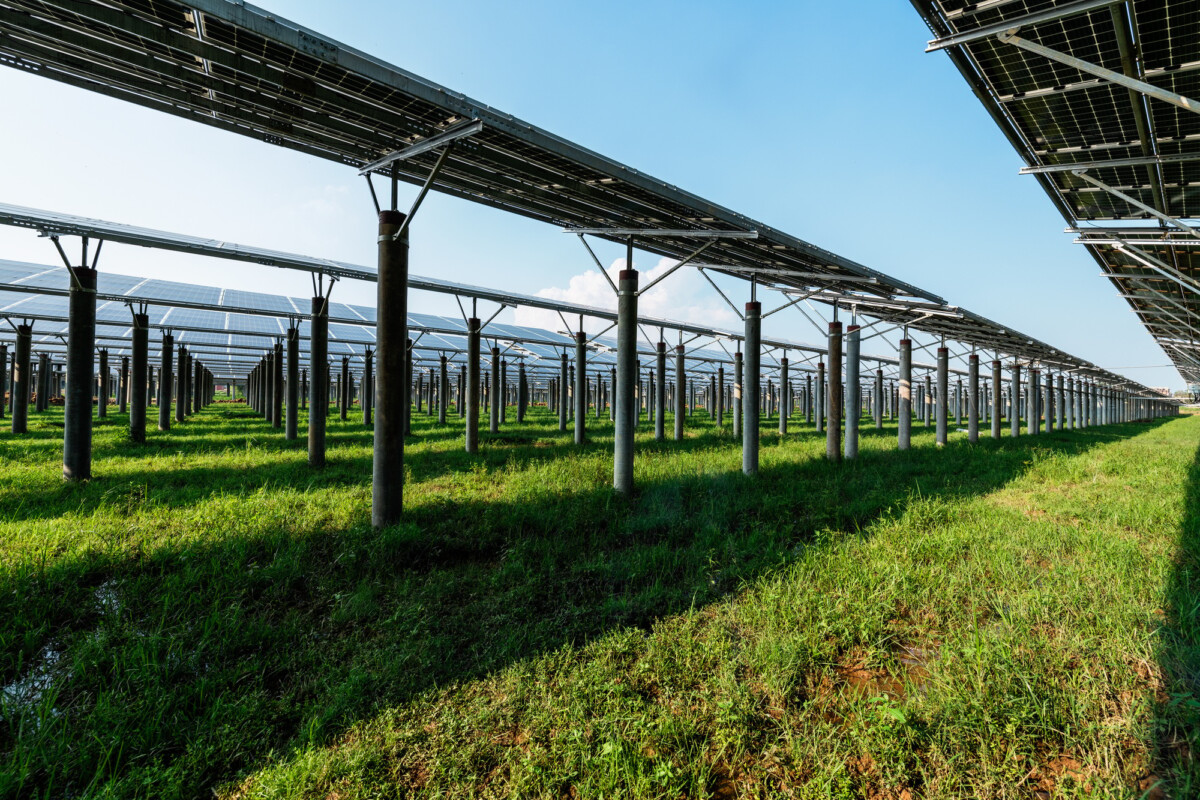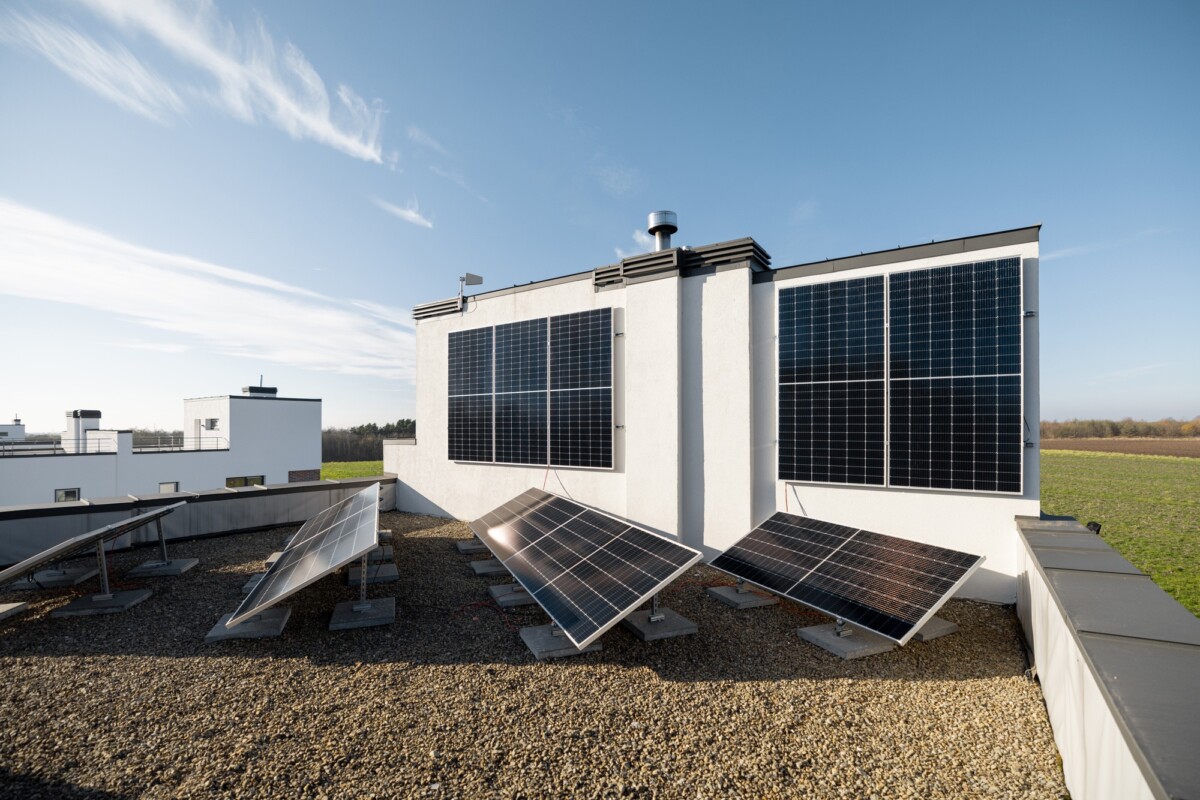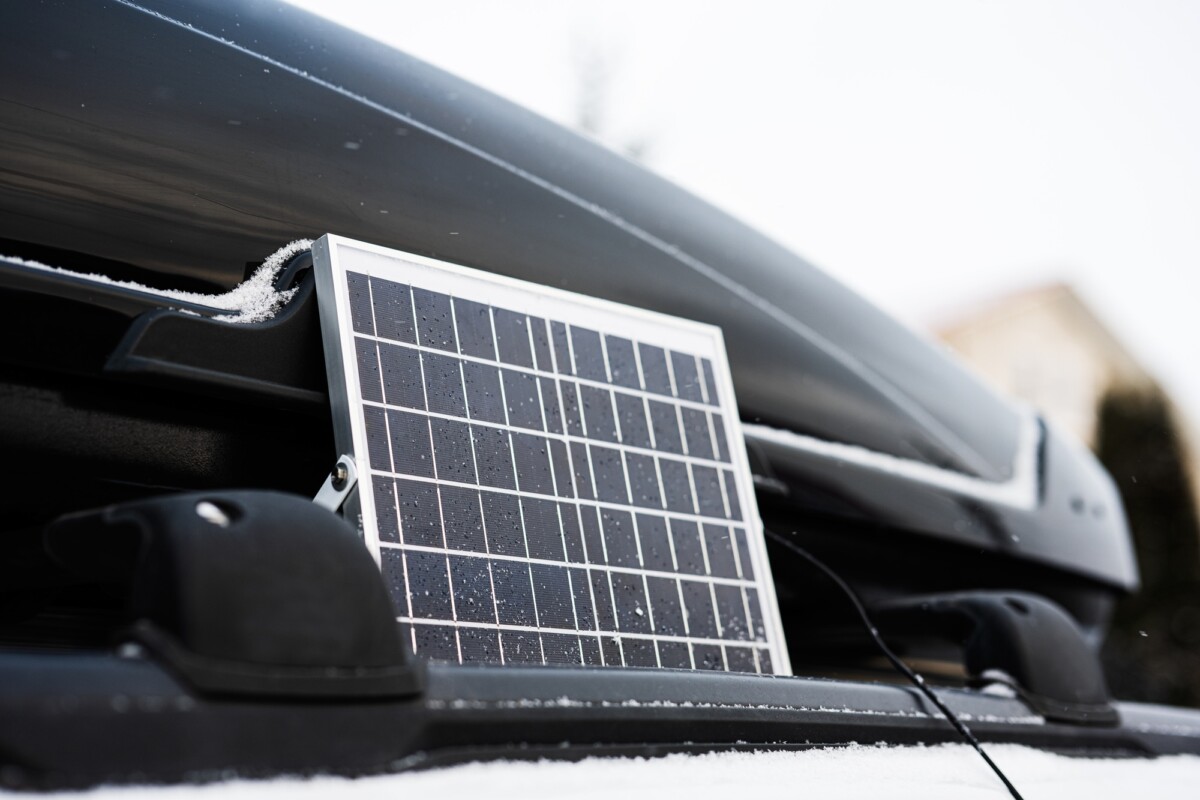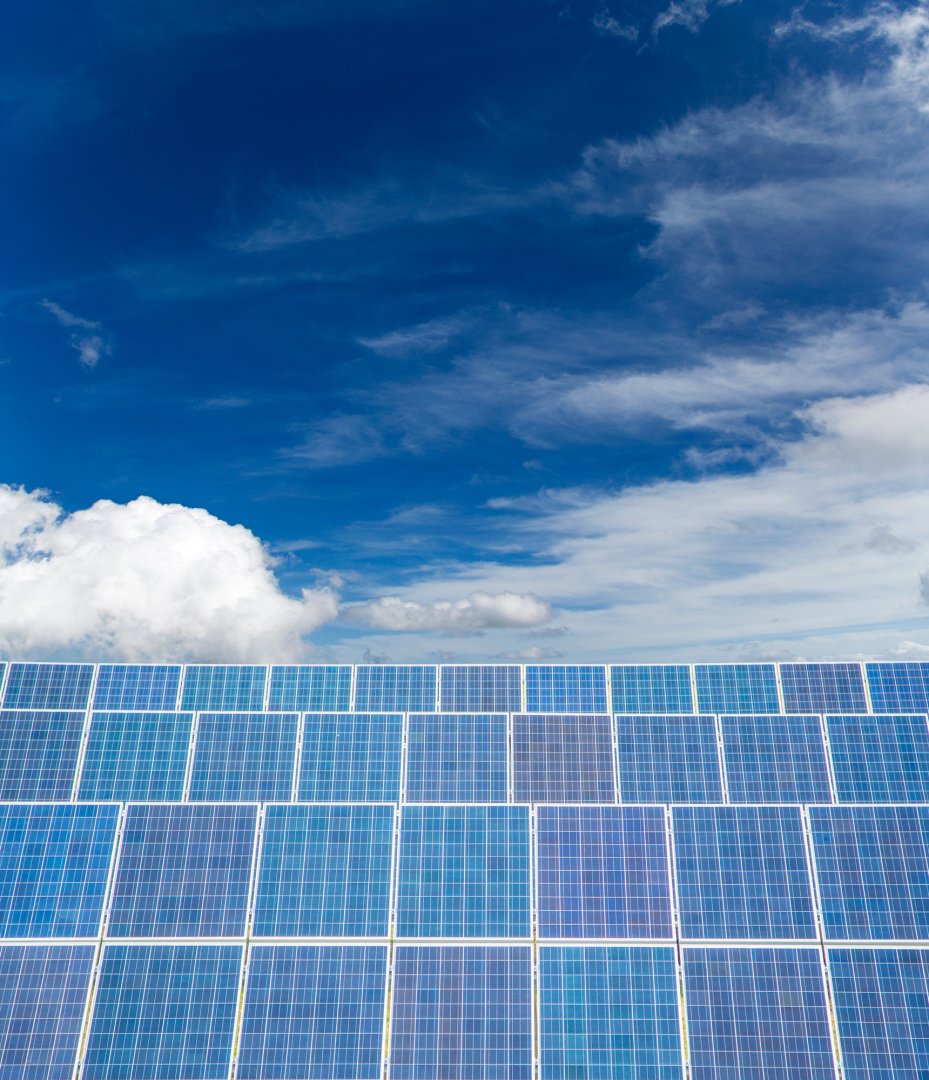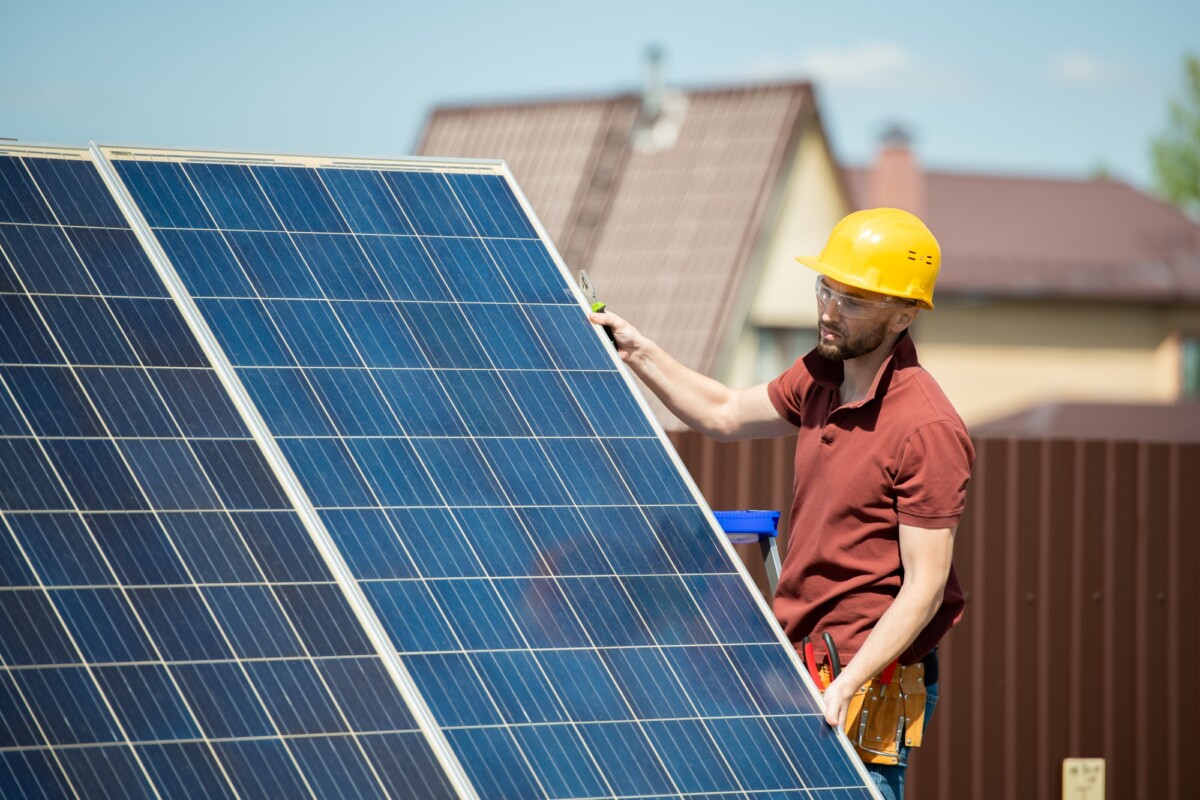What Are Solar Farms and How Do They Work?
Solar farms are vast arrays of solar panels designed to capture sunlight and convert it into electricity on a large scale. They represent a significant shift towards renewable energy, addressing the pressing problem of fossil fuel dependency. By harnessing the sun’s power, solar farms promise a cleaner, more sustainable energy future.
How Solar Farms Operate
Solar farms operate by using photovoltaic (PV) panels that absorb sunlight and convert it into direct current (DC) electricity. This DC electricity is then transformed into alternating current (AC) using inverters, making it suitable for use in homes and businesses. The process is efficient and environmentally friendly, contributing to the reduction of carbon emissions.
Solar Farms Pros and Cons
- Pros:
- Renewable Energy Source: Solar farms utilize the sun, an abundant and inexhaustible resource.
- Low Operating Costs: Once installed, solar farms require minimal maintenance and have low operational costs.
- Environmental Benefits: They significantly reduce greenhouse gas emissions and reliance on fossil fuels.
- Cons:
- Land Use: Large areas of land are required, which can impact local ecosystems.
- Intermittency: Solar energy production is weather-dependent and varies with time of day.
- Initial Costs: High upfront investment is needed for installation and setup.
Transitioning to solar farms is a promising step towards sustainable energy, but it’s essential to weigh the pros and cons to make informed decisions. As technology advances, the efficiency and feasibility of solar farms are expected to improve, making them an increasingly viable option for clean energy.
The Environmental Impact of Solar Farms: A Double-Edged Sword
Solar farms are often hailed as a beacon of hope in the quest for sustainable energy. They promise a cleaner, greener future by harnessing the sun’s power to generate electricity. However, like any technology, they come with their own set of challenges. Understanding the Solar Farms Pros And Cons is crucial for making informed decisions about their role in our energy landscape.
Benefits of Solar Farms
- Renewable Energy Source: Solar farms utilize an inexhaustible energy source, reducing reliance on fossil fuels.
- Reduced Carbon Footprint: By generating electricity without burning fossil fuels, solar farms significantly lower greenhouse gas emissions.
- Job Creation: The construction and maintenance of solar farms create numerous jobs, boosting local economies.
Challenges of Solar Farms
- Land Use: Solar farms require large tracts of land, which can disrupt local ecosystems and agricultural activities.
- Intermittency: Solar energy is dependent on sunlight, making it less reliable during cloudy days or nighttime.
- Resource Intensive: The production of solar panels involves mining and manufacturing processes that can have environmental impacts.
While solar farms present a promising solution to our energy needs, it’s essential to weigh their environmental benefits against the potential drawbacks. By carefully considering the Solar Farms Pros And Cons, we can work towards a balanced approach that maximizes their positive impact while mitigating any negative effects.
Economic Benefits: Are Solar Farms a Boon for Local Communities?
Solar farms are increasingly popping up across landscapes, promising a greener future. But what do they mean for local economies? The Solar Farms Pros And Cons debate often centers on their economic impact. While some argue they boost local economies, others worry about potential drawbacks. Let’s explore how solar farms can be a financial boon for communities.
Solar farms can significantly contribute to local economies by creating jobs. During the construction phase, they require a substantial workforce, providing employment opportunities for local residents. Once operational, they continue to offer jobs in maintenance and management, albeit on a smaller scale. This influx of jobs can stimulate economic growth, benefiting local businesses and increasing the community’s overall prosperity.

Ready to make the switch? Discover how solar power can lower your bills and boost your home’s efficiency. Get a Free Solar Estimate at FREE SOLAR POWER QUOTES
Increased Tax Revenue
- Property Taxes: Solar farms often increase property values, leading to higher property tax revenues for local governments.
- Sales Taxes: The construction and maintenance of solar farms can boost sales tax revenues through the purchase of materials and services.
However, it’s essential to weigh these benefits against potential drawbacks. Some argue that solar farms can lead to land use conflicts, especially in agricultural areas. Balancing the need for renewable energy with preserving farmland is a challenge that communities must navigate. Despite these concerns, the economic advantages of solar farms often make them a compelling option for local development.
Challenges and Limitations: What Are the Downsides of Solar Farms?
Solar energy is often hailed as a beacon of hope in the quest for sustainable power. However, understanding the Solar Farms Pros And Cons is crucial for a balanced perspective. While solar farms offer numerous benefits, they also present certain challenges and limitations that need to be addressed.
Land Use and Environmental Impact
One significant downside of solar farms is their extensive land use. Large tracts of land are required to install solar panels, which can lead to habitat disruption and loss of biodiversity. This is particularly concerning in ecologically sensitive areas where land is scarce. Moreover, the construction and maintenance of solar farms can disturb local wildlife and ecosystems.
Energy Storage and Efficiency
Another challenge is the efficiency and storage of solar energy. Solar farms rely heavily on sunlight, which is not always consistent due to weather conditions and seasonal changes. This intermittency necessitates the development of efficient energy storage solutions, which can be costly and technologically demanding. Without adequate storage, the reliability of solar power can be compromised, limiting its effectiveness as a primary energy source.
Economic and Social Considerations
The economic implications of solar farms also present challenges. The initial investment for setting up solar farms can be substantial, and the return on investment may take years. Additionally, there can be social resistance from communities concerned about changes to their local landscapes and potential impacts on property values. Addressing these economic and social concerns is essential for the successful integration of solar farms into the energy grid.
Land Use and Solar Farms: Balancing Space and Sustainability
Harnessing the sun’s power through solar farms is a promising step towards a sustainable future. However, the conversation around solar farms pros and cons often circles back to land use. How do we balance the need for renewable energy with preserving our precious land resources? Let’s explore this intricate balance.
The Space Dilemma
Solar farms require significant land, which can lead to conflicts over land use. While they provide clean energy, they also occupy large areas that could be used for agriculture or natural habitats. This raises questions about the best use of land resources, especially in densely populated or ecologically sensitive areas.
Sustainability Benefits
Despite the space concerns, solar farms offer substantial environmental benefits. They reduce reliance on fossil fuels, lower carbon emissions, and contribute to energy independence. Moreover, they can be installed on less productive lands, such as deserts or brownfields, minimizing the impact on agricultural or ecologically valuable lands.
Balancing Act
To address the solar farms pros and cons, innovative solutions are emerging. These include dual-use solar farms that integrate agriculture (agrivoltaics) or wildlife habitats, maximizing land utility. By adopting such strategies, we can ensure that solar farms contribute positively to both energy needs and land conservation.
How Do Solar Farms Affect Local Wildlife and Ecosystems?
Solar farms are increasingly popular as a sustainable energy source, but how do they impact local wildlife and ecosystems? Understanding the Solar Farms Pros And Cons is crucial for balancing energy needs with environmental preservation. While solar farms offer clean energy, their development can disrupt local habitats. Let’s explore the effects on wildlife and ecosystems.
Habitat Disruption
One of the primary concerns with solar farms is habitat disruption. Large areas of land are often cleared to install solar panels, which can displace native species. This loss of habitat can lead to reduced biodiversity and affect the natural balance of local ecosystems. However, some solar farms are designed to minimize land use and incorporate wildlife-friendly practices.
Positive Environmental Impact
On the positive side, solar farms contribute to reducing carbon emissions, which benefits the broader environment. By decreasing reliance on fossil fuels, they help mitigate climate change, which is a significant threat to wildlife globally. This aspect of the Solar Farms Pros And Cons highlights the broader ecological benefits of solar energy.
- Reduced Carbon Footprint: Solar farms generate clean energy, reducing greenhouse gas emissions.
- Climate Change Mitigation: By lowering carbon emissions, solar farms help protect wildlife from climate-related threats.
Mitigation Strategies
To address the cons, several mitigation strategies can be employed. For instance, solar farms can be designed to allow vegetation growth beneath panels, providing habitats for small animals and insects. Additionally, careful site selection can avoid areas with high ecological value, preserving critical habitats while still harnessing solar energy. These strategies help balance the Solar Farms Pros And Cons, ensuring sustainable development.
Are Solar Farms the Future of Renewable Energy?
Solar farms are capturing attention as a promising solution to the world’s energy needs. The problem is clear: our reliance on fossil fuels is unsustainable and harmful to the environment. The promise? Solar farms could be a game-changer, offering a cleaner, renewable energy source. But what are the solar farms pros and cons?
Pros of Solar Farms
- Sustainable Energy Source: Solar farms harness the sun’s energy, which is abundant and renewable, reducing dependence on finite resources.
- Environmental Benefits: They produce clean energy, significantly lowering greenhouse gas emissions and reducing the carbon footprint.
- Economic Growth: Solar farms can create jobs in manufacturing, installation, and maintenance, boosting local economies.
Cons of Solar Farms
- Land Use: Large areas of land are required, which can impact local ecosystems and agricultural land.
- Intermittency Issues: Solar energy is dependent on sunlight, making it less reliable during cloudy days or nighttime without adequate storage solutions.
- Initial Costs: The setup and installation of solar farms can be expensive, though costs are decreasing over time.
In conclusion, while solar farms present an exciting opportunity for sustainable energy, they come with challenges that need addressing. Balancing the solar farms pros and cons is essential to determine their role in the future of renewable energy.
How FreeSolarPower Can Help You Navigate the Solar Farms Pros and Cons
Are you considering investing in solar farms but unsure about the benefits and drawbacks? You’re not alone. Many potential investors and landowners grapple with understanding the full scope of solar farms pros and cons. At FreeSolarPower, we promise to guide you through this complex landscape, ensuring you make informed decisions that align with your goals.
Understanding the Pros of Solar Farms
Solar farms offer numerous advantages, making them an attractive option for sustainable energy production. Some of the key benefits include:
- Renewable Energy Source: Solar farms harness the sun’s energy, providing a clean and inexhaustible power source.
- Low Operating Costs: Once established, solar farms require minimal maintenance, reducing long-term expenses.
- Environmental Benefits: By reducing reliance on fossil fuels, solar farms significantly lower carbon emissions, contributing to a healthier planet.
Weighing the Cons of Solar Farms
Despite their benefits, solar farms also present certain challenges:
- High Initial Costs: The upfront investment for land and equipment can be substantial.
- Space Requirements: Solar farms need large areas of land, which might not be feasible for everyone.
- Intermittent Energy Production: Solar energy is dependent on sunlight, making it less reliable during cloudy days or nighttime.
FreeSolarPower is here to help you weigh these pros and cons effectively. Our expert insights and resources ensure you navigate the solar farm landscape with confidence, optimizing your investment for maximum returns.
Join the solar movement today! Thousands are already saving—claim your free consultation to get started. Schedule Your Free Consultation at FREE SOLAR POWER QUOTES
Interested in more options? Take a look at SOLAR ENERGY for tailored solar solutions that suit your home!

